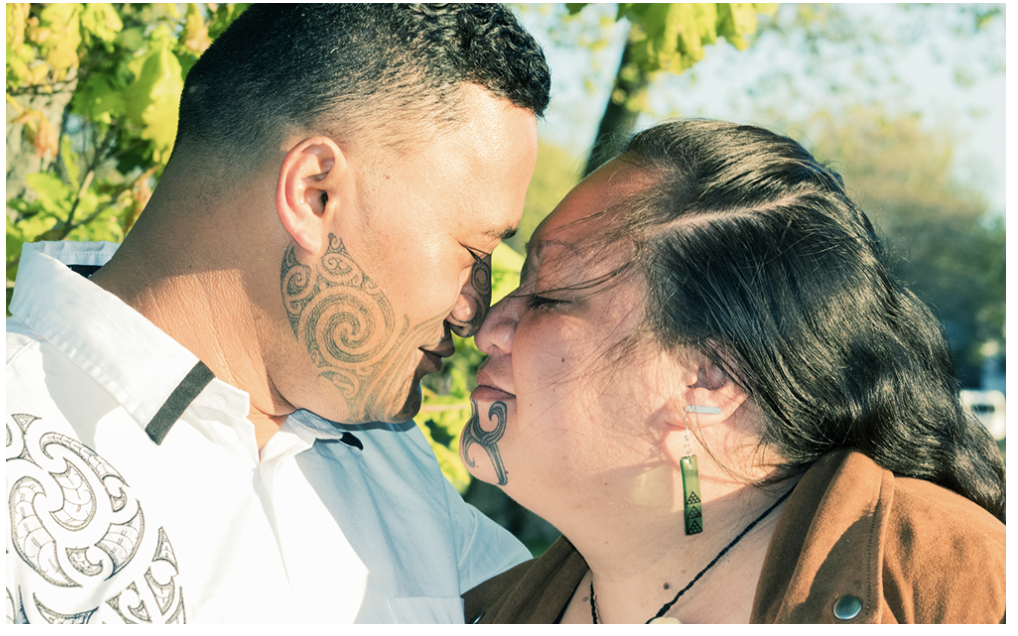
Plans to introduce bilingual road signs throughout New Zealand have inflamed political tensions and heightened arguments over racial politics in the country’s election race.
Last week, a public consultation was opened on plans to create bilingual road signs in English and te reo Māori, the indigenous language of Aotearoa – New Zealand.
Transport agency Waka Kotahi expressed that the signs were “an opportunity for te reo Māori to be seen in our communities and support language learning and revitalisation,” and that “making te reo Māori a part of our everyday lives promotes cultural understanding and social cohesion.”
Despite bilingual road signs being the norm in the UK, many parts of Europe and Asia, the plans to introduce te reo Māori signs were hit with vehement opposition from the central-right National party.
Spokesperson Simeon Brown suggested the plans would be confusing, ““We all speak English, and they should be in English.”
David Seymour, leader of the libertarian right Act party and prospective National coalition partner, said that “the point of road signs is to communicate information in a language drivers understand, not to virtue signal, not to socially engineer”.
Kiritapu Allan, Minister for Justice, said the comments were an insult to New Zealanders’ intelligence, at a time when Indigenous rights are at the forefront of many political discussions and efforts to revitalize te reo Māori are stronger than ever.
She said “Seems like they think New Zealand isn’t smart enough,” – “The rest of the world has embraced bilingualism and multilingualism – which is reflected in their road signs. This is a real insult to New Zealanders and our IQ.”, later commenting that the statements were angled to win votes via reactionary race politics.
Prime Minister Chris Hipkins added “I’m not entirely sure where they’re going with that unless it’s an outright dog whistle,”.
During colonization of New Zealand, there were active efforts to wipe out all use of Indigenous language and some children experienced violence for speaking te reo Māori at school.
More recently – and in line with the UN decade of Indigenous languages, the country has made large-scale efforts to reclaim and revitalize the language, while educating the population on the importance of Indigenous language and culture.
The number of New Zealanders who can speak basic Māori words and phrases has been steadily increasing and went from 24% in 2018 to 30% in 2021 – according to Statistics New Zealand. The 2018 census recorded that 4% of New Zealanders were fluent speakers of Māori, up from 3.7% in 2013.
Te Pati Māori [Māori party] co-leader Debbie Ngarewa Packer told RNZ the backlash against the road sign plans was an “ignorant alarmist way to be politicking”.
“Twenty percent of our population is Māori. If we see a large party basically trying to ignore 20% of this population, then can we expect them to do that to the rest of our multiculture, diversity and languages that we see coming forward in Aotearoa?”





